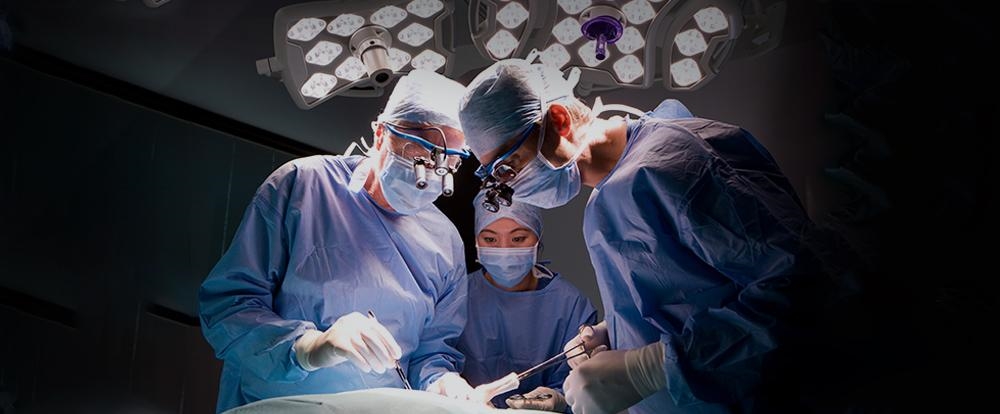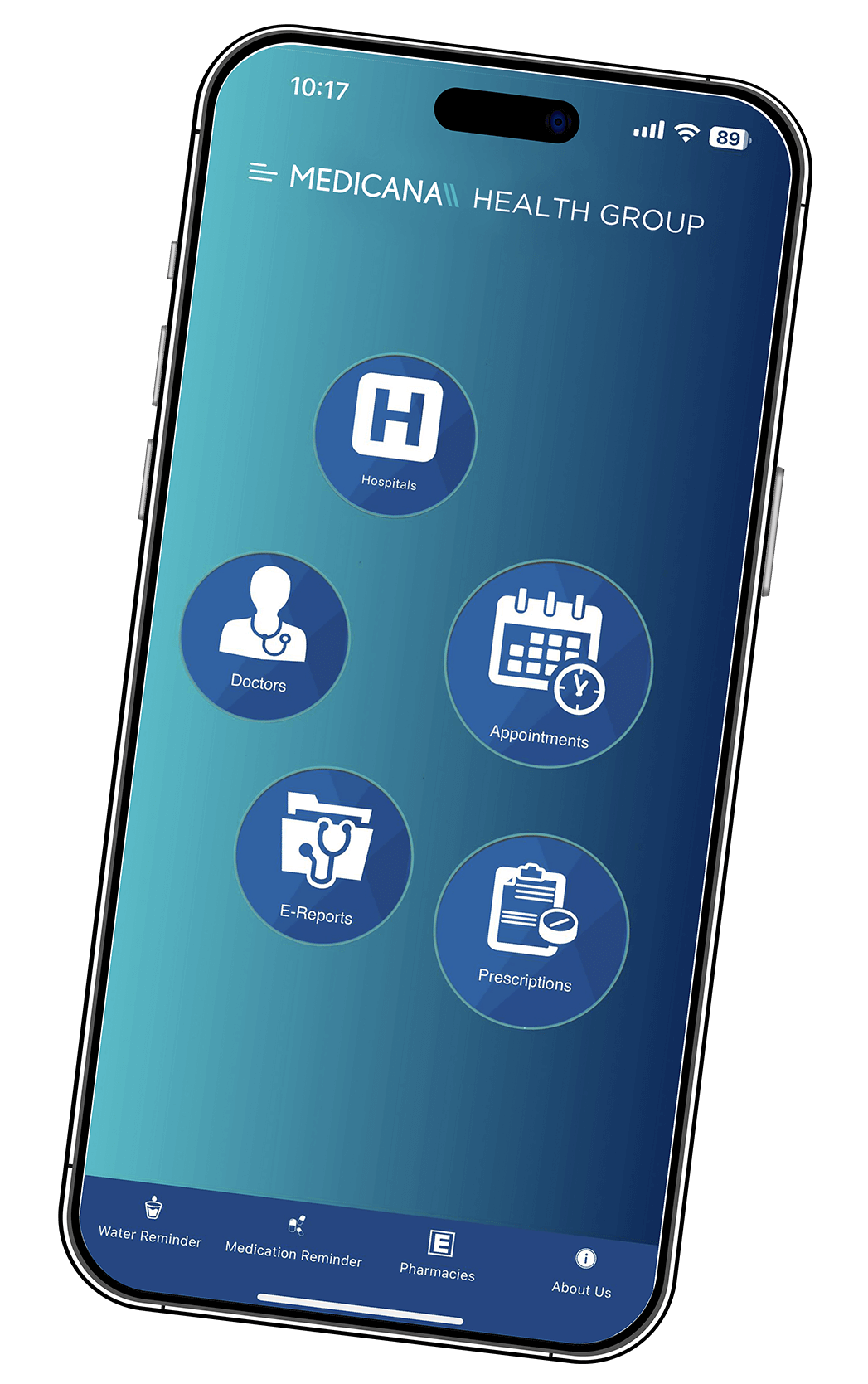Cataract Surgery

Overview
Our eyeball consists of cornea, the foremost transparent layer of the eyeballs; the anterior chamber located behind the cornea, in which the aqueous humor is found; the iris and the pupil forming the rear border of the anterior chamber; the lens located in a capsule in the posterior chamber; the fluid, called vitreous humor, filling the eye globe in the posterior chamber; and the optic disc, the optic nerve and the retina at the rearmost part of the eyeballs. The white part seen outside the eye is called the sclera.
The lenses are behind the iris – the colored portion of the eyes. The lenses focus the light reaching the eye on the retina and provide clear and precise images. The lenses may thicken and lose transparency due to aging and other factors (long-term exposure to sunlight, diabetes mellitus, obesity, hypertension, skin diseases, medications, infections, tobacco use, and eye traumas). Accordingly, visual accuracy decreases, and blurred vision develops (similar to looking at something behind a cloud or ground glass). This condition of eye lenses is called cataracts.
The blurred vision caused by the cataract leads to poor vision and difficulty in reading and driving, especially at night and in daily life. A cataract develops very slowly, and the condition causes no discomfort at early stages, but it may progress even to blindness at the advanced stage.
When you visit an ophthalmologist due to such complaints, a comprehensive examination of the eye will be sufficient to diagnose the cataract.
In the examination, your visual accuracy and field will be evaluated, and your doctor will determine how much your vision is affected. Your doctor may recommend eyeglasses and contact lenses to relieve the problem at the early stages of the cataract. Most doctors consider surgery for the cataract when symptoms start influencing the quality of life. Although there is no need to rush in most cataract cases, the clinical picture may progress very quickly in patients with diabetes mellitus. You and your doctor will have time to determine and discuss the benefits and risks of the surgery.
Visual symptoms will worsen as the cataract progresses; however, you and your doctor will have sufficient time to decide, as the cataract surgery can be carried out at any stage, and the condition has no negative influence on the overall health.
Cataract surgery implies the surgical removal of the native lens and placement of an artificial intraocular lens. The operation is performed under local anesthesia, and it can be carried out at any stage of the disease.
Why is this procedure done?
Since the cataract affects only a minor portion of the lens at an early stage, it may not be recognized, or its effect on the activities of daily living is negligible. However, the below-listed symptoms may be faced as the cataract progresses:
• Cloudy, blurred or dark vision
• Light flashes and glares especially at night
• Need to more light to read and do other activities
• Halos around lights
• Changes in visual accuracy
• Pale or fade colors
• Double vision in single eye
Cataract surgery is carried out to eliminate the cataract problem. Another purpose of cataract surgery is to enable the ophthalmologist to see the eye's posterior portion (optic disc, optic nerve, and retina) due to opacity caused by the cataract. If the doctor considers that this region of the eye, called the fundus, is involved, your doctor may recommend cataract surgery to see the fundus.
Therefore, cataract surgery can be recommended if the cataract causes problems in doing routine daily activities and hinders the diagnosis and treatment of another eye problem.
Cataract surgery is a day surgery following a series of preoperative preparations listed below. Cataract surgery is carried out under local anesthesia. In other words, you will most likely be discharged on the same day after the cataract surgery, and you will not need to be under general anesthesia before the surgery.
Phacoemulsification is the most commonly preferred technique for cataract surgery. Details of the method are available below.
Risks
The surgery is carried out on an outpatient basis; in other words, you do not need to be hospitalized. Cataract surgery is usually safe, and possible complications are successfully treated.
The risks that can be faced in cataract surgery are listed below:
The risks that can be faced in cataract surgery are listed below: However, cataract surgery increases the risk of retinal detachment (detachment of the retina – the rearmost layer of the eye. Although the risk is low, the vision can be partially or entirely lost if the surgery fails or complications develop.
Moreover, disorders or complaints of visual accuracy and visual field may persist after cataract surgery if the cataract is accompanied by other diseases that influence the vision.
Although all possible measures that modern medicine allows are taken to prevent occurrence of risks, it is no means possible to warrant that the risks will be completely eliminated.
Our specialists will employ all practices to minimize the risk of complications and our ophthalmologists will preoperatively inform you about the risks listed above and all other potential complications and will address all your concerns.
Preparation
Your ophthalmologist will first evaluate your visual accuracy and the visual field. At this stage, a comprehensive examination is made to determine whether other eye disorders are associated with the cataract. Such evaluations maximize postoperative visual accuracy and eliminate possible visual field disorders.
Although the cataract surgery is carried out on an outpatient basis after it is verified that the surgery does not pose a risk, you will be asked to quit smoking if you are a smoker and to stop taking certain medications that increase the risk of bleeding. All other prescribed and over-the-counter medications, herbal products, and supplements will also be questioned, and you will be informed to continue or stop taking them.
You may need antibiotic eye drops or tablets before and after the surgery to eliminate the risk of postoperative infection.
You will also be instructed to stop eating and drinking at a particular time before the surgery. You should strictly follow this instruction to undergo surgery as scheduled..
Moreover, it is reasonable to plan discharge, post-discharge accommodation, and travel at this phase to manage the postoperative period better.
Surgery and early postoperative period
The central principle of cataract surgery is to remove the opaque native lens and place an artificial lens made of various materials. Contrary to contact lenses, intraocular lenses do not require cleaning or care.
Your doctor will determine the intraocular lens that will provide the best results for your eye condition in light of the comprehensive preoperative examinations. Artificial lenses are classified according to the material produced or other specific features, such as flexible or rigid, foldable and not foldable, ultraviolet filtering, and no filter.
You can ask your doctor for all details about the intraocular lens that will be placed in your eye. Moreover, you may also ask about each type of lens's unique advantages and disadvantages.
The skin around the eye is numbed with local anesthetic agents, so you will not fall into deep sleep during the surgery. A soothing agent can be administered to calm down or relax you.
In cataract surgery, the opaque native lens or an opaque artificial lens previously placed is removed and replaced by a transparent intraocular lens; the procedure takes less than one hour. The artificial lens (intraocular lens) is placed in the capsule, where the native lens is removed, and the artificial lens will permanently stay in your eye.
Recently, phacoemulsification has been the most commonly preferred technique for cataract surgery. Your ophthalmologist makes a tiny (only several millimeters) incision at the junction of the sclera and the cornea – the outermost transparent layer. The probe of the phacoemulsification device is inserted through this incision and advanced to the lens. The anterior portion of the capsule that surrounds the lens is cut. The phaco probe emits ultrasound waves to break the opaque lens into small fragments; next, such pieces are emulsified to be suctioned through the probe.
The lens with cataracts is suctioned out of the body. The posterior wall of the capsule is left untouched. The artificial lens is inserted through the same incision, placed in the capsule, and then centralized in the capsule.
Ophthalmologists were required to make larger incisions closed with stitches before phacoemulsification was developed. However, if deemed possible, your doctor may not place a stitch after a phacoemulsification surgery.
When the surgery is completed, your eye is closed with a bandage or a bandage plus an eye shield. You may feel itching, tenderness, and mild discomfort in the early postoperative period. Such symptoms will spontaneously disappear without the need for treatment.
Your doctor may ask you to use antibiotics, anti-inflammatory tablets, and eye drops as a precaution. You should closely follow all advice of your doctor to prevent or minimize postoperative complications, albeit rare.
Your doctor removes the bandage and the eye shield the next day after the surgery.
After removing the bandage, you will have a far more precise and accurate vision. Your visual accuracy will gradually increase, but it may take several days.
You will be informed in detail about what you must do to protect your eye.
You should see your ophthalmologist for scheduled follow-up visits before you are discharged.
If you experience warmth and redness in your incision line or loss of vision, severe pain, flashes, and floaters in your eye, or if you have a fever or any symptoms that you think are due to surgery after you are discharged, contact your ophthalmologist immediately.
Results
Cataract surgery provides successful visual outcomes in most patients.
However, it would help if you visited your ophthalmologist on pre-scheduled dates to monitor your recovery and manage possible complications.




























